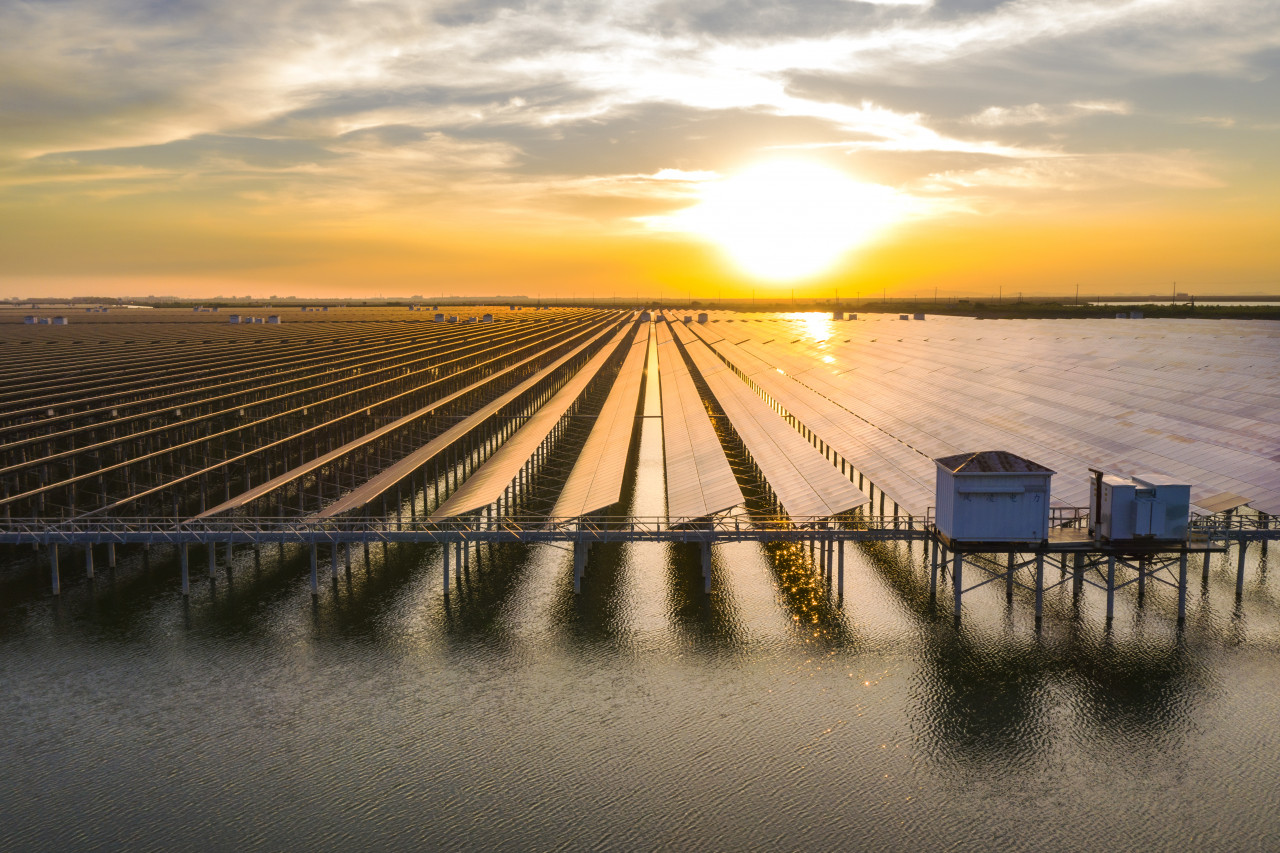A just-released chapter of the latest Fiscal Monitor report by the IMF stresses that most of the investment needed to finance climate change mitigation initiatives in emerging and developing countries must come from the private sector.

The ‘radical economic transformation’ needed to save the world from the drastic consequences of climate change will firmly drive up countries’ sovereign debts. So wrote the International Monetary Fund (IFM) on Monday in an already released chapter of its Fiscal Monitor report.
The burden quickly becomes unbearable if nothing is done, or the wrong priorities are set. But with the right policy mix, debt growth could be limited to around 15% of GDP by 2050. Taxing carbon emissions and also mobilising private capital are indispensable in this regard, the institution stresses in its semi-annual review of the finances of governments around the world.
The IMF acknowledges that many countries are already struggling with high debts. These weigh on budgets due to rising interest rates and lean growth and complicate efforts to mitigate climate change. Last month, the Institute of International Finance already stated that the global debt mountain has risen to $307 trillion, a third more than a decade ago.
Time for action
“Prolonging the business-as-usual path and taking only moderate action will not contain global warming, leaving the world vulnerable to potential catastrophic consequences,” the IMF argues. “The time to act is now, with a strong, clear, and concerted mix of policy efforts on the part of governments.”
Greening the economy can be done by standardising, subsidising and pricing. Many countries, including the United States, consider taxing carbon emissions to be politically unfeasible. There, they mainly resort to subsidies for renewable energy. These are popular with politicians: they can give money away and those who get it will not protest. But it is a route that does take a toll on the treasury, according to the IMF. The public debt of such countries will soon have increased by 45-50 percentage points by the middle of this century, which is an unsustainable development for the bulk of them.
CO₂ pricing
Governments will have to spend a lot of money to keep vulnerable families and communities out of harm’s way, the IMF thinks. In contrast, carbon pricing, now introduced in 49 countries, is a cost-effective way to reduce greenhouse gas emissions while generating revenue that makes debt more manageable. Each year in which CO₂ pricing is deferred causes a country’s public debt to grow by 0.8 to 2.0 percentage points, the IMF estimates.
The institution, which will hold its annual meeting in Marrakesh next week together with the World Bank, speaks of a trilemma between achieving climate targets, longer-term debt sustainability, and political feasibility.
The latter seems to be increasingly in question lately. Just late last month, the Swedish government decided to cut climate spending, and the UK government announced a softening of net-zero plans. Citizens need not bear “unnecessary” costs of sustainability at a time when high inflation is already putting pressure on household budgets, British Prime Minister Rishi Sunak said.
Emerging markets
However, it is in the emerging markets, especially in developing countries, where ambitions are constrained. China, India, Brazil, Egypt, and Ghana, for example, carry government debts exceeding 80% of their GDP. Recently, the United Nations warned of an unsustainable debt burden in many poor countries. As a result, 52 countries are currently on the brink. Many of them are already experiencing the consequences of climate change in the form of extreme weather events, migration flows, and political unrest.
High debts and rising interest rates make it difficult to free up enough money to also invest in climate change mitigation initiatives, such as alternatives to coal-fired power generation.
From 2030 onwards, at least $5 trillion per year will be needed worldwide for twenty years, according to the International Energy Agency. Developing and emerging countries will have to contribute 40% of this, which amounts to approximately $2 trillion. According to the IMF, this would correspond to 12% of the total investments these countries currently make, which is four times more than their current expenditure.
Private parties
The IMF indicates that such an effort is impossible if governments are responsible for financing. Therefore, 80% to 90% of green investments must be carried out by private parties, especially from abroad. Because these countries often lack the infrastructure to put money to work, there is a role here for multilateral credit institutions such as the World Bank. They can channel private funds towards projects. The IMF itself also offers long-term financing through the Resilience and Sustainability Trust.
This article originally appeared in Dutch business newspaper FD, on 2 October 2023.





